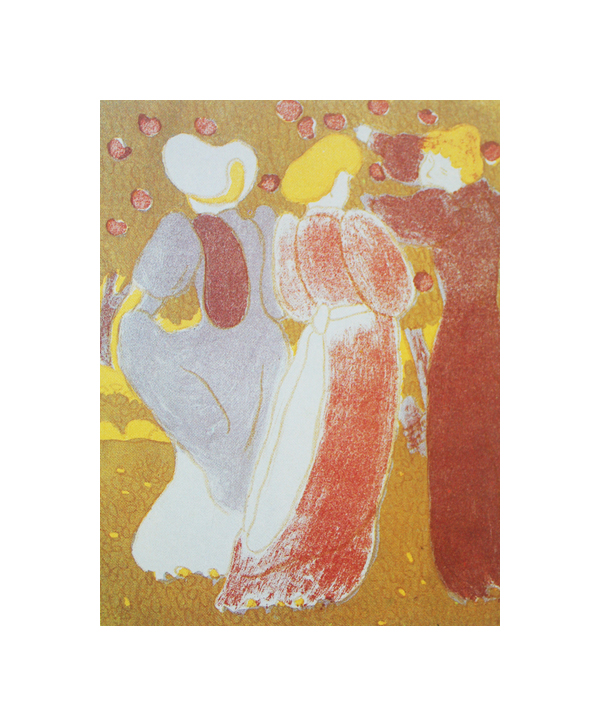.
I was reading about the history of Zsolnay glass factory in Hungary (Zsolnay, or
formally Zsolnay Porcelánmanufaktúra Zrt, is a Hungarian manufacturer of
porcelain, pottery, ceramics, tiles, and stoneware), when came across these two
adorable small porcelain plates from 1897-98 (i.e. they were designed over
hundred years ago). The designer was Hungarian József Rippl-Rónai, who was a
key artist (mostly painter) during the golden age of Hungarian art 1890 - 1910.
Here is the first plate:
 |
| József Rippl-Rónai, ceramic plate, 21.2 cm |
See the last image in this post for the second plate.
From wikipedia:
József Rippl-Rónai (1861 – 1927) was a Hungarian painter, born in Kaposvár. After his studies at the High
School there, he went to study in Budapest, where he obtained a degree in pharmacology. In 1884 he
travelled to Munich to study painting at the Academy. Two years later he obtained a grant which enabled
him to move to Paris and study with Munkácsy. In 1888 he met the members of Les Nabis and under their
influence he painted his first important work, The Inn at Pont-Aven, a deeply-felt work notable for its dark
atmosphere.
Later he returned to Hungary, where critical reception was at first lukewarm, but he eventually had a very
successful exhibition entitled "Rippl-Rónai Impressions 1890-1900". He believed that for an artist not only
is his body of work significant, but also his general modus vivendi, even including the clothes he wore. He
thus became interested in design, which led to commissions such as the dining room and the entire
furnishings of the Andrássy palace, and a stained-glass window in the Ernst Museum, (both in Budapest).
Between 1911 and 1913 his exhibitions in Frankfurt, Munich and Vienna were highly successful.
|
 |
| József Rippl-Rónai, 1902 |
 |
| József Rippl-Rónai, Woman in White Dotted Dress 1889, Oil on canvas, 187 x 75 cm. |
József Rippl-Rónai, left: Portrait of James Pitcairn Knowles 1892, Oil on canvas, 55 x 64 cm.
Right: Lady with Black Veil (Mme Mazet) 1896, Oil on canvas, 100 x 80 cm.
 |
| József Rippl-Rónai, Portrait of Margit Piatsek 1892, oil on canvas. |
 |
| József Rippl-Rónai, Study for a poster 1902, Pencil and charcoal on paper, 95 x 22 cm |
 |
| József Rippl-Rónai, Illustration to 'Les Vierges' 1895, Colour lithograph |
 |
| József Rippl-Rónai, ceramic plate, 21.2 cm |















































